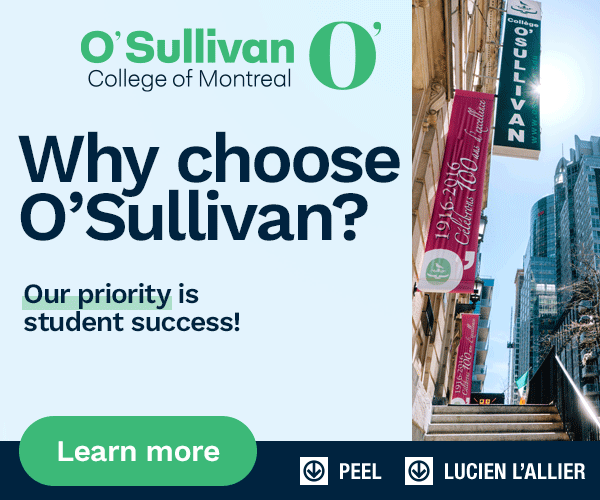Durham College (DC) has launched its new Strategic Vision - a forward-thinking roadmap that focuses on preparing career-ready graduates, meeting industry's changing needs, and enriching our local and global communities.
Shaped through extensive engagement with students, employees, governors, alumni, retirees, donors, industry partners, and community stakeholders, the Strategic Vision sets a clear direction for the future that will guide how the college will grow and adapt over the next five years.
"The world is evolving and there has never been a more important time for clarity of purpose," said Dr. Elaine Popp, President of DC. "This new Strategic Vision is both an anchor and a compass. It grounds us in what matters most our students, our employees, and our communities and guides our efforts as a future-focused, sustainable, people-centred, and community-connected college."
The Strategic Vision reflects DC's commitment to inclusion, innovation, and impact, outlining where the college can make the greatest difference in education, the workforce, and society. It will serve as a guide for planning and decision-making across all areas of the college, from academic programming and student services to research, partnerships, infrastructure, and community engagement.
"DC has always been a place of progress committed to preparing students for success while strengthening our community and workforce," said Lisa Allen, Chair of the Board of Governors. "This Strategic Vision challenges us to think differently, act with intention, and build upon our strengths. It keeps students at the centre, empowers our employees, and prioritizes strong relationships to expand opportunity and impact."
To learn more about the Strategic Vision and what it means for DC, visit www.durhamcollege.ca/strategicvision.
Quick Facts
- The Strategic Vision is a five-year plan to guide Durham College to 2030.
- Four goals - future-focused, sustainable, people-centred, and community-connected - and 20 objectives are outlined in the Vision.
- More than 2,200 touchpoints were documented during the five-month consultation phase with students, employees, governors, alumni, retirees, donors, and industry and community partners.













